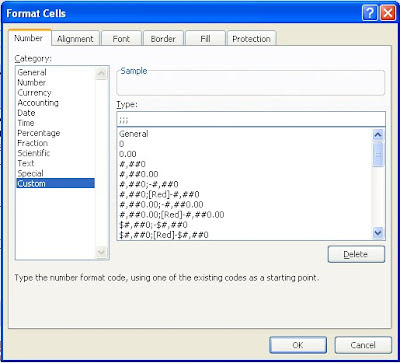By default, you can use the 'Undo' button up to 20 times in a row in Microsoft Visio. After that, you're out of luck. If you're like me though, and enjoy being able to time travel a bit more, you're going to want to change that setting to the highest number possible.
To change the setting, go to the 'File' tab, and then click 'Options'. In the 'Visio Options' window that will appear, choose 'Advanced' from the menu on the left. Now, in the first section, 'Editing Options', the 11th option from the top is 'Maximum number of undos'. Go ahead and...
It’s been a few months now since Microsoft released their official OneNote app for Android, and I’ve finally taken the time to install it on my Samsung Galaxy S II. Why did it take me so long? Well, you can probably see from the lack of frequent posting lately that I’ve been a bit busy.
In any case, the app is fantastic. If you’ve read my previous post about how much I love OneNote, then you might not be surprised to find out how excited I am about the mobile version. Between university, my full-time job, and a handful of side projects, I keep...

Trying to hide the contents of a cell by simply changing the fill colour of the cell and then matching the font colour so that it blends in perfectly is sometimes an acceptable solution, but you can run into problems when you start highlighting cells or applying conditional formatting. Something like adding in row striping can cause any cell values that you've tried to hide to suddenly be revealed.Yes, there's a more elegant way to hide the contents...
It’s not difficult to enter a formula into Microsoft Excel to convert between Celsius, Fahrenheit, and Kelvin, but why not use a built-in function to do the work for you? Meet CONVERT, a handy function that lets you convert between different units of measurement. It’s not limited to temperatures, but those are the only units I’m going to discuss in this post.The CONVERT function needs three pieces of information from you: the value that you would like to convert, the unit of measurement you are converting from, and the unit of measurement you are...
Trying to figure out if a date occurs during a leap year in Microsoft Excel? It's February 29th, and I have decided to post a formula that will help you to quickly determine this for any given date.If cell A1 contains the year alone (e.g. '2012'), then the following formula will return 'TRUE' if it is a leap year (and 'FALSE' if it isn't):=IF(OR(MOD(A1,400)=0,AND(MOD(A1,4)=0,MOD(A1,100)<>0)),TRUE,FALSE)If cell A1 contains an entire date (e.g. '2/29/2012'), then you will want to adjust your formula to use only the year portion of the date...
This week I had an e-mail from someone who was frustrated with how it had become so slow to scroll through one of his Microsoft Word documents. I immediately asked if there were a lot of images in it, and he replied to say that it was absolutely full of high-resolution pictures.If you've ever worked with an image-heavy document, you might have experienced this problem with slow scrolling. The good news is that you can speed it up again if you're willing to temporarily make all of those images invisible.Go to the 'File' tab, and then choose 'Options'....
Do you use Google Calendar and Microsoft Outlook? If you're using Outlook 2003/2007/2010 and Windows XP (32-bit, not 64-bit)/Vista/7, there's a tool called Google Calendar Sync that you can use to keep your calendars synchronized.First, follow this link and download the application:http://dl.google.com/googlecalendarsync/GoogleCalendarSync_Installer.exeWhen you're setting it up, you'll have the ability to choose how you would like it to synchronize. Your three options are:2-way - Any events in Outlook will show up in Google Calendar, and vice versa.1-way:...
Ever had something stuck in the Outbox folder of Microsoft Outlook and gotten this lovely message when you try to get rid of it?:"Can't open this item. Outlook has already begun transmitting this message."It's an annoyance, for sure. Sometimes this can happen if you, like I did today, misjudged the size of your attachments and your server is suddenly struggling to send a massive e-mail. The irritating thing is that Outlook doesn't seem to have a mechanism in place to tell it, "Wait! I don't want to send that e-mail anymore!".Here's how to delete...
Subscribe to:
Posts (Atom)


